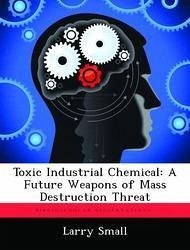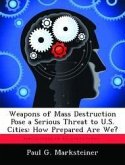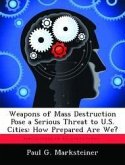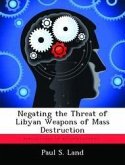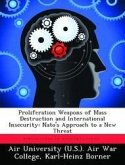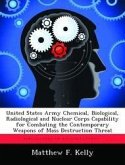Nuclear, biological, and chemical (NBC) proliferation is recognized as a serious threat across the operational spectrum--from the deployment of forces to posthostility activities, but there is a misconception when it comes to toxic industrial chemicals (TICs) as equal to CW (CW) agents threats. Release of these TICs could inflict the same damage as a military CW agent, albeit larger quantities of the TIC would be required. Thus, this thesis addresses the following question: Do TICs pose a weapons of mass destruction (WMD) threat, and what are their effects on joint military doctrine for operations in chemical environments? A significant array of books, periodicals, government documents, and Internet materials dealing with WMD as they relate to CW agents' (i.e., TICs) toxicities at low levels were reviewed. This thesis concludes that in the hands of terrorists, aggressive states or nonstate actors, TICs will serve as WMD, undermine regional stability, and threaten US interests. In general, joint doctrine for combat and noncombat operations inadequately take account of current TIC realities. Based on the documents cited in this thesis, the US Armed Forces have not collectively identified overall force structure requirements for dealing with this threat.
Hinweis: Dieser Artikel kann nur an eine deutsche Lieferadresse ausgeliefert werden.
Hinweis: Dieser Artikel kann nur an eine deutsche Lieferadresse ausgeliefert werden.

